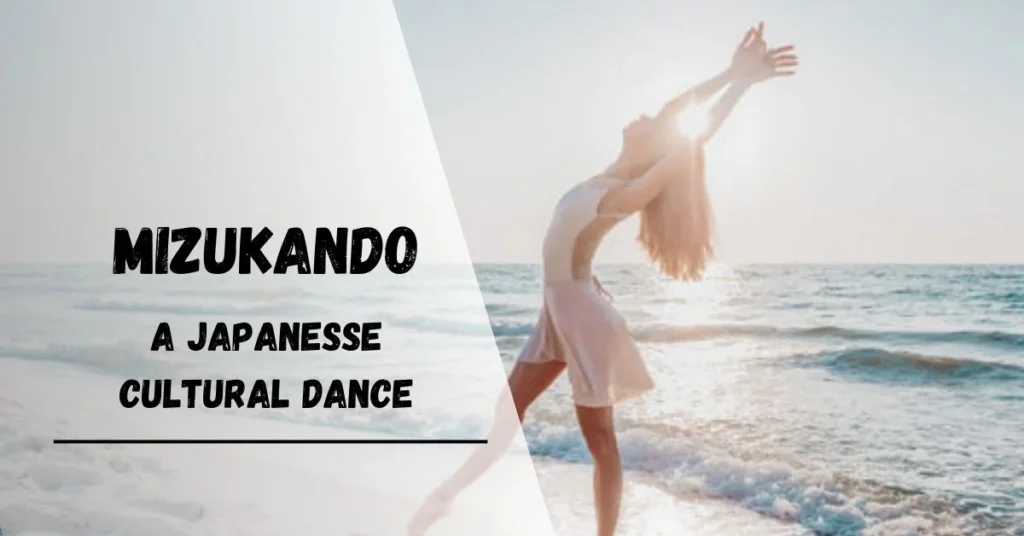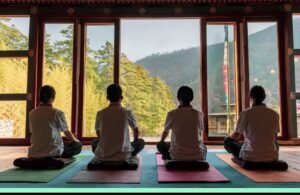Mizukando: Who Went Down the Rabbit Hole? Analyzing the Essence of a Singular Idea

https://hunterposts.com/
Mizukando is quite unknown even for enthusiasts of Japanese culture but the term hides extensive depth of analyze when given sufficient attention. Even though its definition might slightly differ depending on the situation it is being used, there are two main parts of the word – mizu (水) which means “water” and kando (感動) which can be translated as “feeling deeply moved” This could indicate that the word is associated with emotions that are as free flowing as water. This blog will examine the meaning of Mizukando, what else it might mean and how this can relate to other such notions such as emotions, fluidity, and the kinship between human and nature.
In Japanese culture, the symbolism of water
The Japanese culture loves the symbolism of water and the showering water especially when the Massage chooses different tunes to shower with because it has numerous symbolism.
In order to fully comprehend Mizukando, one needs to first familiarize with the significance of the term mizu (water) in Japan’s context. Indeed, what is separate about the Japanese culture is that water is not only a necessity for life but also a sacred and spiritual one. As with means of purification and rebirth from Old Shinto mythology to the funeral rites for stillborn and dead babies- Mizuko kuyō.
Popular in art, poetry, and philosophy water symbolizes the possibility to float through the hardships, to purify, and to cleanse one’s heart. The concept that was a focus for the authors is the Japanese wabi-sabi which embraces the beauty of transience and flaws.
Mizukando: The Flow of Emotion and Water
This new word synthesizes mizu (water) and kando (emotion), to express the idea of emotions that run as smoothly and freely as the water. And the name Mizukando could be translated as emotionally flexible, when one can feel their emotional state like a stream which is in harmony, and there is no any barrier arresting it. Mizukando very much emphasises emotions as being part of cycles present in nature because water, which they embody, is essential for life but, in the wrong dosage, it may trigger a flood.
painting. These Art forms include painting in water and various other things in which water propose the flow and the artists themselves delineate their feelings in the manner of symmetry. Mizukando is best interpreted as the free and genuine, and the interaction of people as a natural flow of water.
The Spiritual Dimension: Mizukando as Mindfulness
Mizukando could also refer to such practices as mindfulness and spirituality. Just as water can be a trivial or a storm, so can our tempests of feeling be. One thing that makes mindfulness so important is learning how to fit into this sea of emotions and keep the boat afloat in the stormy waters without capsizing.
In this sense, Mizukando could describe the act of watching one’s emotions emerge, and permit them to ebb and flow without attachment or repulsion. They all work to promote an appreciation of feelings as part of the ongoing stream of existence. This way of handling the emotions leads to adaptability and a better understanding of oneself.
Real Life Takes on Mizukando
Especially in the modern context of the world where people appear to be continuously actively occupied, the idea of the Mizukando might be of interest. This certainly can be of great use when it comes to controlling stress, anxiety, and feelings of emotional overloading.
-
Emotional Resilience
Emotional resilience is one of the main areas of use for Mizukando. To be able to understand that emotions are like water always moving teaches us how to let go of the negative feelings and let in the positive ones. This does not refer to the total avoidance of emotions but the acceptance of the natural ebb and flow of emotions piecing together that they are transient states.
-
Enhancing Creativity
It can also be applied to creative tasks. Like water, emotions are capable of freely flowing and finding a way around any barrier; accepting this may highly positively affect creativity. Creative people can also gain access to an even profounder level of inspiration by allowing emotions to fully run free.
-
Mindful Relationships
In relationships, Mizukando supports freedom of emotion and versatility. Like, water requires the shape of it container, the feeling in any relationship have to follow the needs and situations of the two people involved. It is important to negate the idea of emotional rigidity because by cultivating emotional flexibility, people can enhance rapport with others and be more understanding toward them.
Mizukando’s art and literature
Art and literature constitute the main paths or declarative learning style that Mizukando has embraced.
Mizukando’s idea is consistent with this tradition because it focuses on the subtlety and complexity of people’s feeling.
However, in the concept of Mizukando and the other two genres involving the use of flowing water in the visual arts, the purpose is to show emotion depth and movement. Hokusai, whose woodblock print The Great Wave off Kanagawa represents one of the most impressive views of the Japanese artist, succeeded in expressing the phenomenon of water in the emotional key of the viewer. In the same way, the representation of water as a symbol of feelings in the art of the present era evokes artistic interest throughout the field and in various types.
Conclusion: Exploring Mizukando in Daily Life
Mizukando thus means something quite different, it makes the reader reflect on feelings and manners to approach them. Interpreting the meaning of the relationship between water and emotions in Japanese culture helps to get ideas on how to improve relations with our emotions.
According to the principles of Mizukando, people are to let emotions become a part of their daily life, where feelings can enter and leave as freely as water in the ocean. It promotes the healthy handling of emotions and helps in building of emotional strength, creativity and a healthy relationship not only with the self but others as well.
It is another beautiful message, which in a world where many people try to numb their emotions or vice versa, to increase them, supplementing the storyteller’s main message: Yes, we need to let our feelings go. And here, the main focus will be on their positive impact.
This is it and I hope this blog post is as interesting to you as it was to me while writing it. If you want any other changes do let me know.








